Modern Romances Are More Diverse. So Are Their Writers.
In a roundtable conversation, four top romance writers talk to Next Avenue about everything from modern characters and plots to the meaning of romance
Romance novels have come a long way from the days of Barbara Cartland, when every cover seemed to feature shirtless white princes and windswept, gown-clad blondes. Now they're as likely to depict female CFOs, vampires, werewolves, Black entrepreneurs or millennials in jeans.
We also have new kinds of romance writers. Personally more diverse, they also incorporate a wider range of subject matter and draw on a wider range of both work experience and love experience.
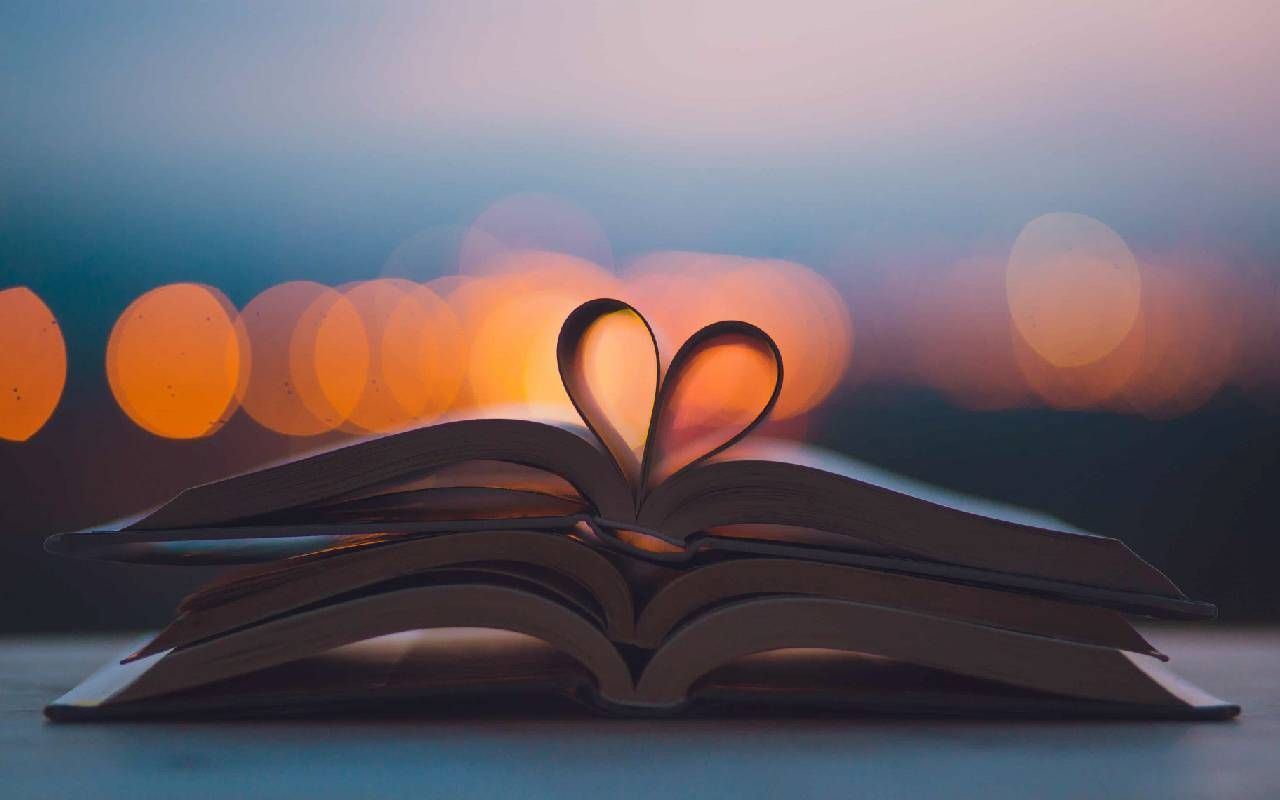
To learn more about all this, we turned to four North American romance authors who've published hundreds of novels among them:
• Xio Axelrod, 56, Philadelphia-based USA Today bestselling author and songwriter, writes contemporary fiction, various genre romances and "strange, twisted tales." Indie rockers star in a series of her novels.
• Christi Barth, 53, a former wedding planner and professional singer, is the USA Today bestselling Maryland author of 47 romances. Her love of cooking may or may not be related to her foodie/wine-related novels.
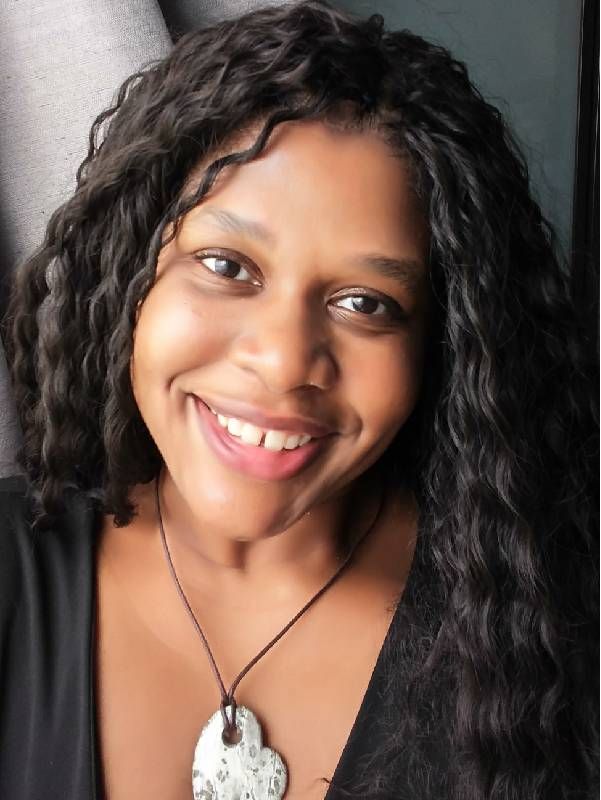
• Kathy Lyons (aka Jade Lee), 60, is an Illinois writer of 80+ books, including standard, historical, same-sex and paranormal romance and children's books. She's a former pro racquetball player who has even written about grizzly bear shifters.
• Kayla Perrin, 53, has written dozens of books that have been read in half a dozen languages — from romance, erotica and suspense to adult and children's fiction. The Jamaican-born Ontario resident is a USA Today and Essence bestselling author.
These authors graciously joined Next Avenue for a roundtable discussion on everything from modern characters and plots to the meaning of romance to what it takes to produce a romance of your own. Authors' responses have been lightly edited for length and clarity.
Next Avenue: How have modern romances changed from a few decades ago?
Barth: Women have power. And there's no more rape.
Axelrod: You can still have taboo stories, but there's no more damsel in distress. Women have agency …
Barth: … they have jobs, they've moved away from family, they have the ability to choose their own loving partner.
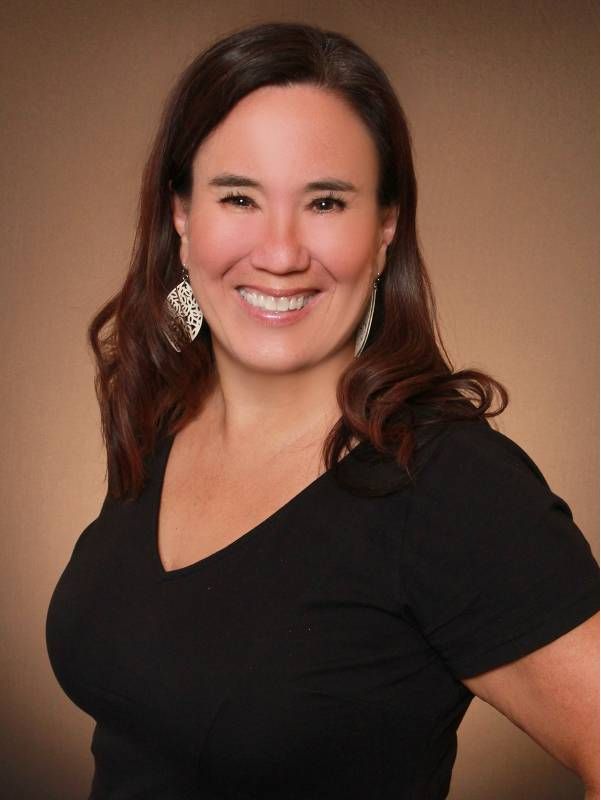
Perrin: Their loving partner can be anyone. The modern romance has all kinds of characters from different cultures, different sexualities, different ages and so on.
Lyons: In the Barbara Cartland days, heroines were late teens or 20 and virginal, and heroes had to be men of status, which meant a titled lord. No one wants to see a teenager married off to a 40- or 50-year-old duke or marquis, so women started aging up, and the men started aging down.
Perrin: If you're in your 40s, been divorced, a single mom, a whole group of readers can appreciate that. Those people want a love story, too. They may not know it! That heroine is a little older, probably a little wiser, finding her happily ever after in fiction. Even "The Golden Bachelor" on TV — that tells you that people want to see stories of people at different ages falling in love.
Barth: Nowadays women don't save themselves for marriage, so that's in romances, too.
Axelrod: The sexual content includes consent. They talk about what they want. A good writer can make that sexy.
How has your own background informed your characters and situations?
Perrin: I'm a writer of color, and my characters are too. Before, there weren't characters who look like me. You don't feel excluded when you see yourself on the cover or when the characters wear braids or dreadlocks or dance to R&B and hip-hop rather than Alanis Morissette.
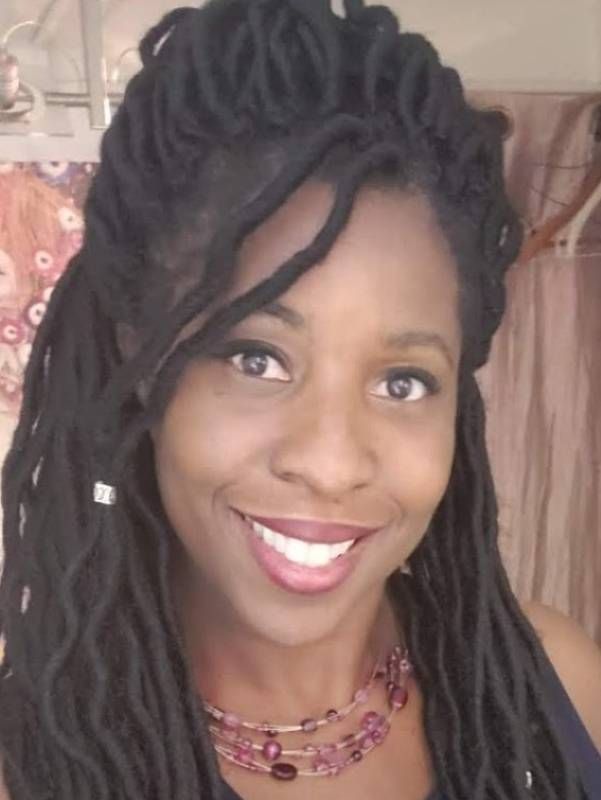
Lyons: I've been hailed as the first author to write mass market Chinese romance. I get asked for these books, but the sales numbers aren't high enough for publishers to be happy. Harlequin has asked me to bring a Chinese character into England … we'll see what happens.
Axelrod: I'm married to a white man, so a lot of my characters are in interracial relationships. And as a Black female musician, I wrote into a series my experiences on the road. My heroine goes through a lot where she's dismissed for her race or gender.
Barth: When I performed in musicals and opera, it was two hours to let people escape and find that happy ending. Now I'm doing it as a writer. My first book had theater in it; I graduated to rock stars and pop stars. But that's like the frosting on a cake — romance is always at the heart of it.
Perrin: Burned by love, that's me. I'm now more guarded, but hopeful, and portray characters who are the same. Readers get it!
Why the popularity of subgenres like the paranormal, fantasy, sci-fi? Is 'pure' romance played out? Do authors want to expand?
Lyons: Readers want to expand. There's a flavor for everyone, which wasn't true before the '90s—military romance; every shade of mystery from the cozies to the more suspenseful; fantasy; vampires, then paranormal….
Barth: Pure romance is never played out. They all have the love story at base.
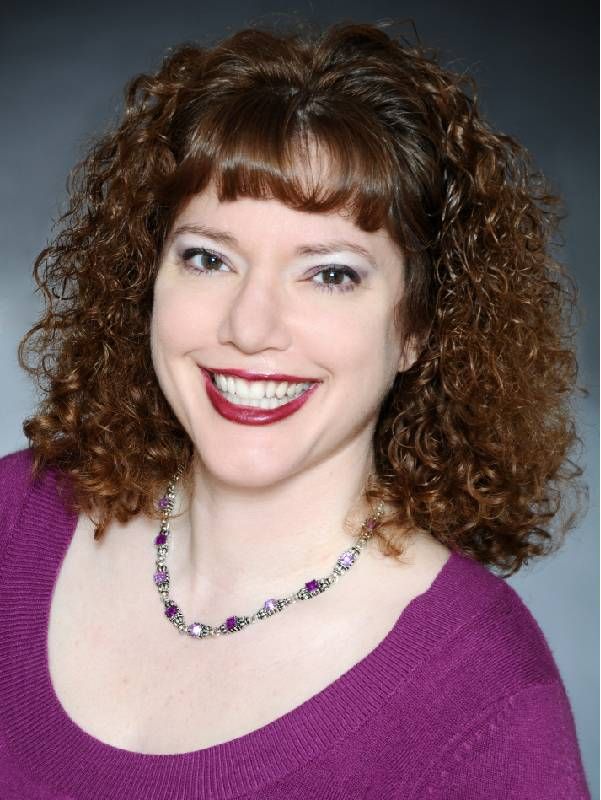
Lyons: My first love is regency romance, which is like "Pride and Prejudice" with sex, but I've been published in just about every romance subgenre.
Perrin: It's so much more than men and women. People are happy to see diversity of love whether it's same-sex relationships or Hispanic or paranormal or whatever.
Axelrod: At any event you run into a guy at a bar who hears we're romance authors and says, "Huh, convince me to read a romance." We say, "Okay, what do you like to read?" Cowboys, sci-fi, dystopia, music, billionaires, suspense, sports … we can point to dozens and dozens of choices.
Perrin: Now I see Mafia romances are a thing!
Barth: "Historical" has its own subgenres, including regency, medieval and other categories, such as— would you believe — 20th century. Because romance readers now include those who were not alive in 1995. I almost swerved out of my lane when I heard that [in the car].
Lyons: Paperbacks were shelved in different physical areas of the store. With e-books, there are so many more crossovers — a lot of shading between genres. The internet is perfectly made for that.
Axelrod: Unfortunately, we're still fighting to get people to read Black and brown and queer authors, to read more diversely. If you love "that," of course you're going to love "this" — it's a romance with a happy ending!
What do fans most appreciate about modern romance novels?
Lyons: Whatever you want love to conquer, you can find it now. A heroine may be jailed for self-defense, or a child may be desperately ill — that's an "issue romance." Characters face real problems that readers face, too, and overcome them. They're people readers can identify with.
Barth: I call it the messy underbelly of life. That means little things as well, like having to pee after sex. Wearing glasses (no one did that in the old days). Shaving her legs before a date. Maybe someone is struggling to pay her bills.
Perrin: Women are unapologetically pursuing their own goals, often going head to head with the men. Some people put down romance novels, not seeing the power of the heroine. The heroine gets what she wants — often she tames the hero.
Barth: People absolutely use birth control in books now; if it's a genre that it might not come up in, like paranormal, there'll be a throwaway line: They couldn't get pregnant with another species, or they mixed an herb to prevent pregnancy. Otherwise, the reader thinks, great, when is the unexpected pregnancy going to happen? You don't want to distract readers like that.
"Go back to a romance from 1995, and it sounds dated. For instance, ghosting didn't exist then. Now it's written into bestselling books."
Also, I think they appreciate that we are evolving with them, keeping up with technology and trends. Go back to a romance from 1995, and it sounds dated. For instance, ghosting didn't exist then. Now it's written into bestselling books.
Axelrod: Readers appreciate that some authors are going back to change language or portrayals in their older books that now may cause offense. Everyone's trying to be more mindful and inclusive in their work, which readers appreciate because it shows growth.
What's your wisdom for potential writers out there?
Perrin: Read a lot, and read what you want to write.
Axelrod: Read in your genre. Learn the conventions and what readers' expectations are.
Perrin: And write what you enjoy reading — not just because something is hot these days.
Lyons: Writing and publishing are a marathon, not a sprint. Write a little every day. Prepare for a long process.
Barth: Yup. Treat it like a career from day one. Make a schedule; act like you already have a contract. It will get you in the mindset.
Perrin: You can't just knock it off in a weekend. You have to know your craft. So many people get rejected by Harlequin because they just don't understand the basic structure of a Harlequin novel.
Lyons: Your agent and publisher will ask you, what book is similar to yours, how is it different, how is it doing on the shelf? You have to be prepared.
Barth: I've become so much faster. My second and third books took a year each. I do two or three a year now. Readers can not only read a paperback; they can listen, read on a phone or pick up a Kindle. They can access a book over more hours, so there's more demand for books.
Axelrod: Some people write on a strict schedule. Some write when they have open time. Some write on their phone while their kids play. You'll find what works for you.

